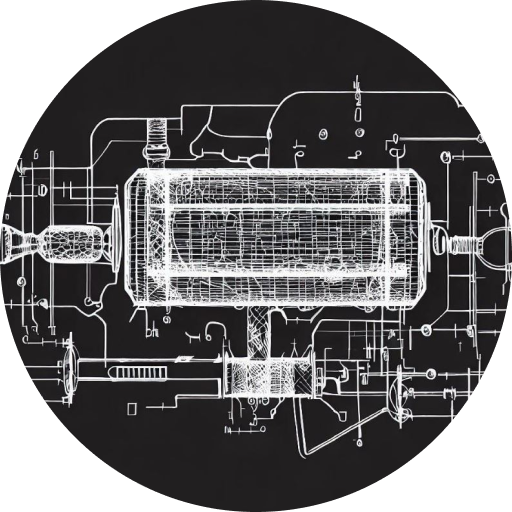The Metallic Composition of Catalytic Converters
According to a report by the U.S. Environmental Protection Agency, catalytic converters are essential components of modern vehicles. They serve to convert harmful gases into less harmful substances before they are emitted into the environment. A catalytic converter achieves this thanks to a blend of metals that serve as catalysts.
The Fundamental Metals: Platinum, Palladium, and Rhodium
These three metals, also known as the Platinum Group Metals (PGM), are the primary components of a catalytic converter. Platinum and palladium are used for oxidation reactions, reducing carbon monoxide and hydrocarbons into carbon dioxide and water. Rhodium, on the other hand, is used for reduction reactions, converting nitrogen oxides into nitrogen and oxygen.
These metals are used due to their high melting points, chemical stability, and exceptional catalytic properties. However, their scarcity and high cost make them a target for thieves, leading to an increase in catalytic converter theft.
Cerium: The Unsung Hero
In addition to the PGMs, cerium is a metal often used in catalytic converters. Cerium serves as an oxygen storage component, aiding in the regulation of oxygen levels during different engine conditions.
The presence of cerium ensures the catalytic converter functions optimally, whether the engine is running rich (more fuel) or lean (more air). It helps maintain an ideal balance for the efficient conversion of harmful gases.
Additional Metals: Copper, Nickel, Iron, and Manganese
While not as common, other metals like copper, nickel, iron, and manganese may be found in some catalytic converters. These metals can serve as catalysts or structural components within the converter.
Though less efficient than the PGMs, these metals are used in some cases due to their relative abundance and lower cost.
The Supporting Role of the Ceramic Monolith
While not a metal, the ceramic monolith plays a crucial role in the functioning of a catalytic converter. It serves as a support structure where the metallic catalysts are embedded.
Its honeycomb structure provides a large surface area for the reactions to occur, improving the efficiency of the converter while maintaining minimal obstruction to the exhaust flow.
Relating the Composition to Function
Understanding the metallic composition of catalytic converters helps comprehend their function and importance. Each metal serves a unique purpose, and their combination allows for the effective reduction of harmful emissions. For example, understanding how platinum and palladium facilitate oxidation reactions provides insight into how these devices reduce carbon monoxide and hydrocarbon emissions.
Further, appreciating the role of cerium in oxygen storage sheds light on the catalytic converter’s ability to operate under varying engine conditions.
Conclusion
Catalytic converters play a vital role in reducing the environmental impact of vehicle emissions. This is made possible by a carefully balanced composition of various metals, each contributing its unique properties to the overall function of the converter. The efficiency and effectiveness of these devices are a testament to the importance of understanding their metallic composition.
For further reading, you may be interested in “Precious Metals in Catalytic Converters: The Role of Platinum” and “Discover the Precious Metals Inside Your Catalytic Converter“.
- Upgrade Your Honda Accord with the Best Catalytic Converter for Enhanced Performance - October 30, 2023
- Boost Your Chrysler 300’s Performance with a High-Quality Catalytic Converter - October 30, 2023
- Enhance Your Jeep Liberty Performance with a Catalytic Converter - October 30, 2023









